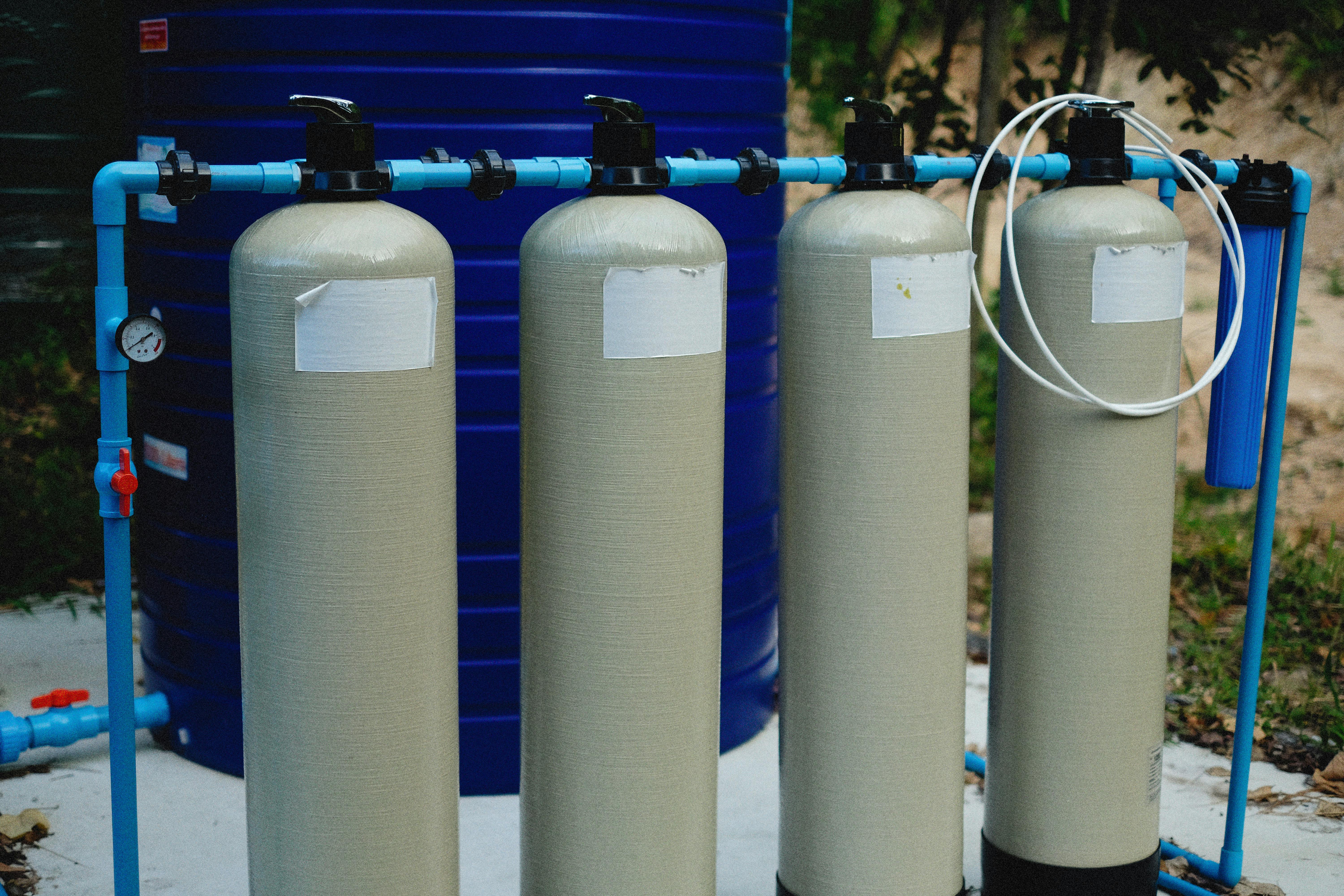When disaster strikes or you find yourself in a wilderness emergency, access to clean drinking water becomes your top priority. The human body can survive for weeks without food but only days without water. However, drinking contaminated water can lead to serious illness that will only worsen your survival situation.
In this article, we'll explore five proven water purification methods that could save your life when traditional clean water sources aren't available.
1. Boiling: The Gold Standard
Boiling is perhaps the most reliable method for making water safe to drink in a survival situation. It effectively kills harmful organisms including bacteria, parasites, and viruses.
How to do it:
- Filter water through cloth to remove large particles if necessary
- Bring water to a rolling boil
- Maintain the boil for at least 1 minute (3 minutes at elevations above 6,500 feet)
- Let the water cool before drinking
Pros:
- Highly effective against biological contaminants
- Requires minimal equipment (just a container and fire)
- Works in virtually any environment
Cons:
- Requires fuel source
- Doesn't remove chemical contaminants or improve taste
- Time-consuming and water must cool before drinking

2. Chemical Treatment: Portable and Practical
Chemical treatments, typically in the form of iodine or chlorine tablets, are lightweight, portable options that can effectively disinfect water in emergency situations.
How to do it:
- Filter water to remove visible particles
- Follow the specific instructions on your chemical treatment product
- Typically, add 1-2 tablets per quart/liter of water
- Allow the recommended contact time (usually 30 minutes to 4 hours)
Pros:
- Lightweight and easy to carry
- Long shelf life
- Effective against many pathogens
Cons:
- Imparts unpleasant taste
- Not effective against all parasites (like Cryptosporidium)
- Not recommended for pregnant women or those with thyroid issues (iodine)
- Requires waiting time before water is safe to drink
3. Filtration: Physical Removal of Contaminants
Water filters physically remove contaminants by passing water through a medium with tiny pores. In survival situations, you can use commercial portable filters or improvise with available materials.
Commercial Filters:
Many portable water filters are available, from pump filters to straw-style devices that allow you to drink directly from a water source.
Improvised Filtration:
- Create layers in a container (cloth at bottom, then sand, charcoal, and gravel)
- Pour water through the top and collect filtered water from the bottom
- For best results, follow filtration with boiling or chemical treatment
Pros:
- Removes particulates and many microorganisms
- Improves water clarity and sometimes taste
- Some filters require no waiting time
Cons:
- Quality varies greatly between different filters
- Many filters don't remove viruses
- Commercial filters can clog and become ineffective
- Improvised filters are less reliable than commercial options

4. Solar Disinfection (SODIS): Harnessing the Sun's Power
Solar disinfection uses UV radiation from the sun to kill harmful microorganisms in water. This method is particularly valuable in sunny environments when other options are limited.
How to do it:
- Fill clear plastic PET bottles with water (remove labels)
- Shake the water vigorously for 20 seconds to increase oxygen content
- Place bottles on a reflective surface in direct sunlight
- Leave for at least 6 hours in full sun, or 2 full days if cloudy
Pros:
- Requires no chemicals or special equipment beyond plastic bottles
- Free and sustainable
- Does not alter taste of water
Cons:
- Weather-dependent and time-consuming
- Requires clear water to begin with (pre-filter if cloudy)
- Not effective for large volumes of water
- Less reliable in cold climates
5. Distillation: Advanced but Highly Effective
Distillation involves evaporating water and then condensing the vapor back into liquid, leaving contaminants behind. This method can even make seawater or chemically contaminated water drinkable.
Basic Survival Still:
- Dig a hole in moist ground
- Place a container in the center to collect water
- Cover the hole with plastic sheeting
- Place a small weight in the center of the plastic above the container
- Seal the edges with soil and wait for water to collect
Container Distillation:
- Place water in a container with a lid that has a spout or tube
- Heat the container so water evaporates and travels through the spout
- Collect the condensed water in a separate container
Pros:
- Removes virtually all contaminants, including salt and chemicals
- Can produce safe water from almost any water source
- Solar stills require no fuel source
Cons:
- Produces water very slowly
- Requires more setup and potentially specialized equipment
- Heat-based distillation requires significant fuel
- Not practical for large quantities of water
Conclusion: Be Prepared with Multiple Methods
In a true survival situation, knowing these water purification techniques could mean the difference between life and death. Each method has its strengths and limitations, which is why survival experts recommend being familiar with multiple approaches.
For optimal safety, consider combining methods when possible—for example, filtering water first, then boiling or chemically treating it. This provides multiple barriers against different types of contaminants.
Remember that prevention is always better than cure. Include water purification tools in your emergency kits, learn these techniques before you need them, and prioritize finding the cleanest possible water source even before purification.
With these essential water purification methods in your survival knowledge toolkit, you'll be better prepared to face emergency situations with confidence.



